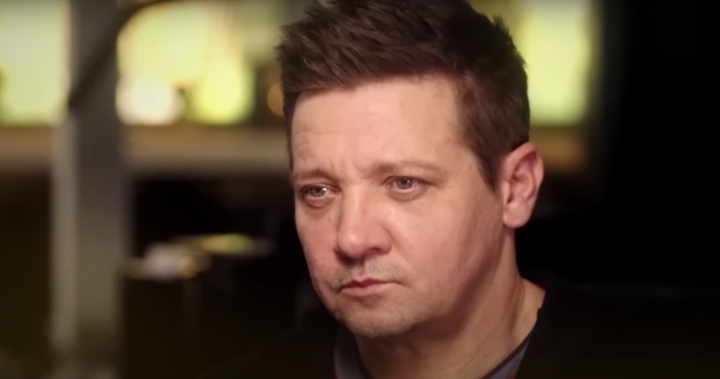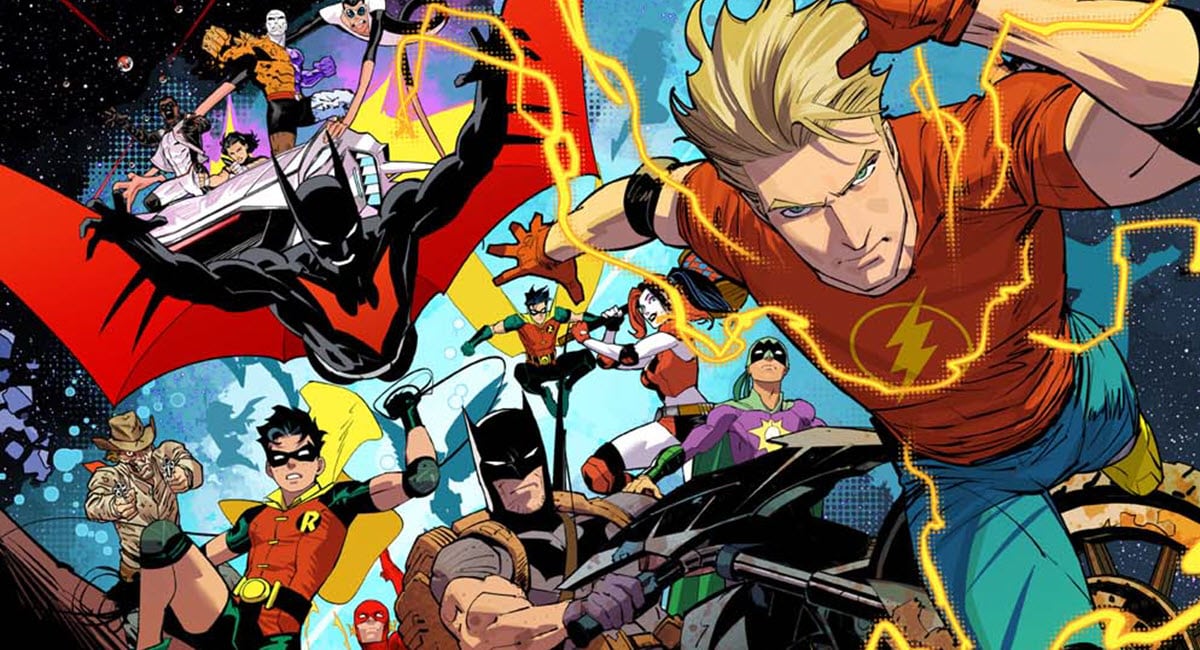Posted by Larry Gleeson
Abe Lincoln in Illinois, is a period piece, directed by John Cromwell, and tells the story of Abraham Lincoln’s early days, including the tragedy of his first love. This morning as I was watching the news, a film thought to be lost over 100 years ago was discovered cleaned, restored and digitized. The film was originally titled, The Heart of Lincoln (1915). The film was directed by and starred Francis Ford, the legendary, Hollywood director, John Ford’s older brother. John Ford directed the Henry Fonda led Young Mr. Lincoln (1939), a year before Cromwell’s film. Cromwell’s Abe Lincoln in Illinois was adapted from the Pulitzer Prize winning play of the same title by Robert Sherwood. The leading man from Broadway transitioned to film to reprise his role as Abe Lincoln (Raymond Massey).
The opening of the film was reminiscent of Daniel Boone as a lone man paddling a canoe in a wooded area covered by fog. Triumphant non-diegetic music sets the tone. As the introductory credits roll a male deer is seen on a ridge followed by a dissolve transition revealing wagon rolling through a gap into a clearing before crossing a small river. The non-diegetic music also transitions into a spiritual song. Eventually a series of log cabins enters the screen to establish a place and time. A text overlay reveals the year to be 1831.Rain is pouring down outside the cabins. The camera moves inside to a long-legged Abe by the fire reading book, while Abe’s father, Tom (Charles Middleton) is lamenting the weather and its impact on their survival. Soon, a pair of locals burst through the doors for Abe as they have been hired to take a raft of hogs down the river to New Orleans. Abe has a moment with his mother, Sarah (Elisabeth Risdon), who supported and encouraged Abe’s reading. From here, the reader is treated to the rafting adventure, Abe’s introduction to New Salem, Illinois, where he first sees Anne Rutledge (Mary Howard), through his years as a small shop owner, then into the law and politics in Springfield, Illinois.
Abe begins his political ascent and becomes known as a trustworthy and compassionate man. It’s his time in Springfield where Cromwell delves into Abe’s romantic life. True to his humble upbringing, the death of Anne Rutledge, and his awkward appearance, Abe was far from a ladies’ man. With some help from Mary Todd’s brother-in-law, Abe is matched with the ambitious Mary Todd (Ruth Gordon). The Todd’s were a well-respected and prominent family from Lexington, Kentucky, and Mary boasted that she was going to marry a man who would be President someday. As Abe continued to rise in political stature, Mary Todd smoothed the path for Abe. Mary had several suitors including Stephen A. Douglas (Gene Lockhart). In 1858 seven debates between Lincoln and Douglas took place across the state of Illinois for an open U.S. Senate seat. His oratory style was not the lofty style of Stephen A. Douglas. Yet, Abe’s logical reasoning and impeccable timing won over crowds clamoring to hear him speak. While Abe lost, he gained national prominence that lead to his election as President in 1860.
For his role as Abe Lincoln Massey would receive an Oscar nomination. I found it difficult to not compare Massey and Daniel Day-Lewis’s performances. Both are cut from the same cloth. Cinematographer James Wong Howe’s use of deep focus, location-based photography, and chiaroscuro landed the second of his ten Oscar nominations. Surprisingly, neither Robert Sherwood nor Grover Jones (credited with adaptation) received nominations. I’m surprised because what emerges from the film, besides the exquisite mise-en-scen, is how powerful Abraham Lincoln’s words were. I have seen the 1939 Young Mr. Lincoln, as well as the 2012 Lincoln with Lewis and Sally Field as Mary Todd. Abe Lincoln from Illinois more than holds its own. Philosophically, it tops them. Highly recommended.






















